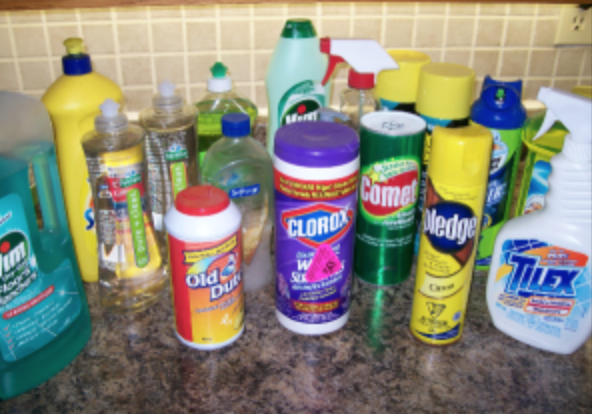
How to Switch to Safe Cleaners in 3 Easy Steps
Today's post is about ditching your cleaners. People have a lot of cleaners. There is a specific cleaner for every nook and cranny in your home. Not only is that a lot of product that is most likely harmful to your health and to our environment, it's a LOT of plastic.
Do you really need ALL those products? You will quickly learn that you don't. Do you know what else you will learn? You will learn that after a month or two after ditching your old products and switching to green products, you will have a hard time walking down the cleaning aisle at the grocery store. Seriously. The fumes will overwhelm you. Today you might be skeptical because you LOVE the smell of your products, but after you learn what is in them and your nose adjusts to the actual smell of "CLEAN" and the natural smell of essential oils, you'll be walking past the cleaning aisle holding your breath.
So how many different cleaners do you have? Seriously, go look. Go under your sink in your kitchen and count how many cleaners you have.

This is what my cleaning products consisted of before my cleaners went green.
We learn very early on in life to stay away from things that will hurt us. At some point, companies in our country have decided that products that will hurt us are okay if we don't overuse them or if we don't use them very often. I couldn't agree less. Which leads me into:
How to Switch to Safe Cleaners in 3 Easy Steps
Step 1: Ditch products that have warning labels on them.
Small quantities of hazardous substances can accumulate over time to reach dangerous levels and contaminate the air, our water and soil. Others can have a more immediate effect- like poisoning, if discovered by our kids or pets. If the label says, CORROSIVE, FLAMMABLE, or TOXIC/POISON it is considered household hazardous waste and should be disposed of (properly).
This is the warning label on bleach.
You will most likely find these warnings on oven cleaners and products that unclog drains. These labels and symbols warn us about acute health hazards associated with a single or short-term exposure to chemicals in the product. What about the long term? What if we are exposed to cleaning products and their residues at low levels on a daily basis?
*side note: all products will have a caution statement on them. These are okay. They are legally required to be on all products.
Step 2: Ditch products that have ingredients with numbers attached to them.
Why? Theses are typically artificial chemicals that have been added to change the product's appearance or shelf-life. This is bad news for our planet. The more an ingredient is processed the more damage it does. Our water supply gets increasing polluted when these toxic chemicals get flushed out of our homes and into our ecosystem. It is a vicious chain of events that affects our water, animals, plants and people. Not all ingredients with numbers are necessarily a health concern, but what should bother you is the fact that it synthetic and is an environmental concern.
Step 3: Ditch products that say 'fragrance' or 'parfum'
The products in your home that list fragrance or parfum as an ingredient are most likely synthetic fragrances that contain phthalates. (If a company is using phthalate-free fragrance they will definitely tell you). Most phthalates (actually pronounced thal-ates) are a group of chemicals in a gajillion of products in your home.
Concerns have been raised about phthalates because studies have found a link between phthalates and thyroid hormone levels in humans, and between phthalates and male reproductive health. Phthalates can be found all over your house because they are in almost every product AND THEY ARE NOT REQUIRED TO BE LISTED ON THE INGREDIENT LIST. Phthalates are disguised under the word "fragrance". They are so widely used it's nearly impossible to eliminate them from your life, but there are some steps to reduce your exposure by eliminating products from your life. No doubt, this is difficult and daunting at first but if you do it slowly you can gradually take this toxin out of your home. I took the time to look at the labels and eliminate the products that said the word "fragrance" on them. If there wasn't a full ingredient list, I searched for it. Here is another article I wrote about fragrance and air fresheners.
There you have it. Three easy steps. It's just a start, but once you start you'll create momentum and soon your household cleaners will be healthy and eco-friendly! Are you interested in learning more about how to read labels and become a ingredient ninja? Have more confidence when you go to the store and buy cleaning products? Learn how not to be duped by companies that act like "green" companies (aka green washers)? Want to know which products work (not just my products!)? I can totally help you... I am just finishing up creating my 10 Day class called EcoCleaners 101. If you're interested in being notified when you can sign up for this class opt-in below. Just for opting in, I will send you my Top 5 Most Important Products for SAFE & ECO-FRIENDLY CLEANING!
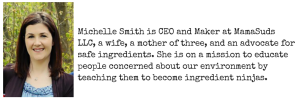

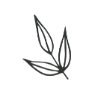

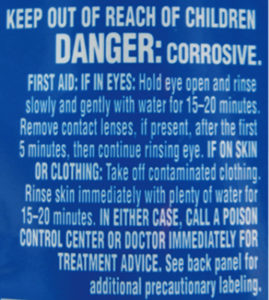
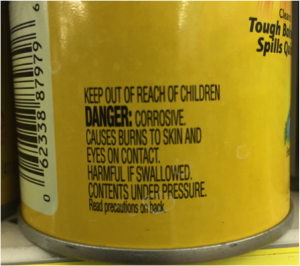
Leave a comment